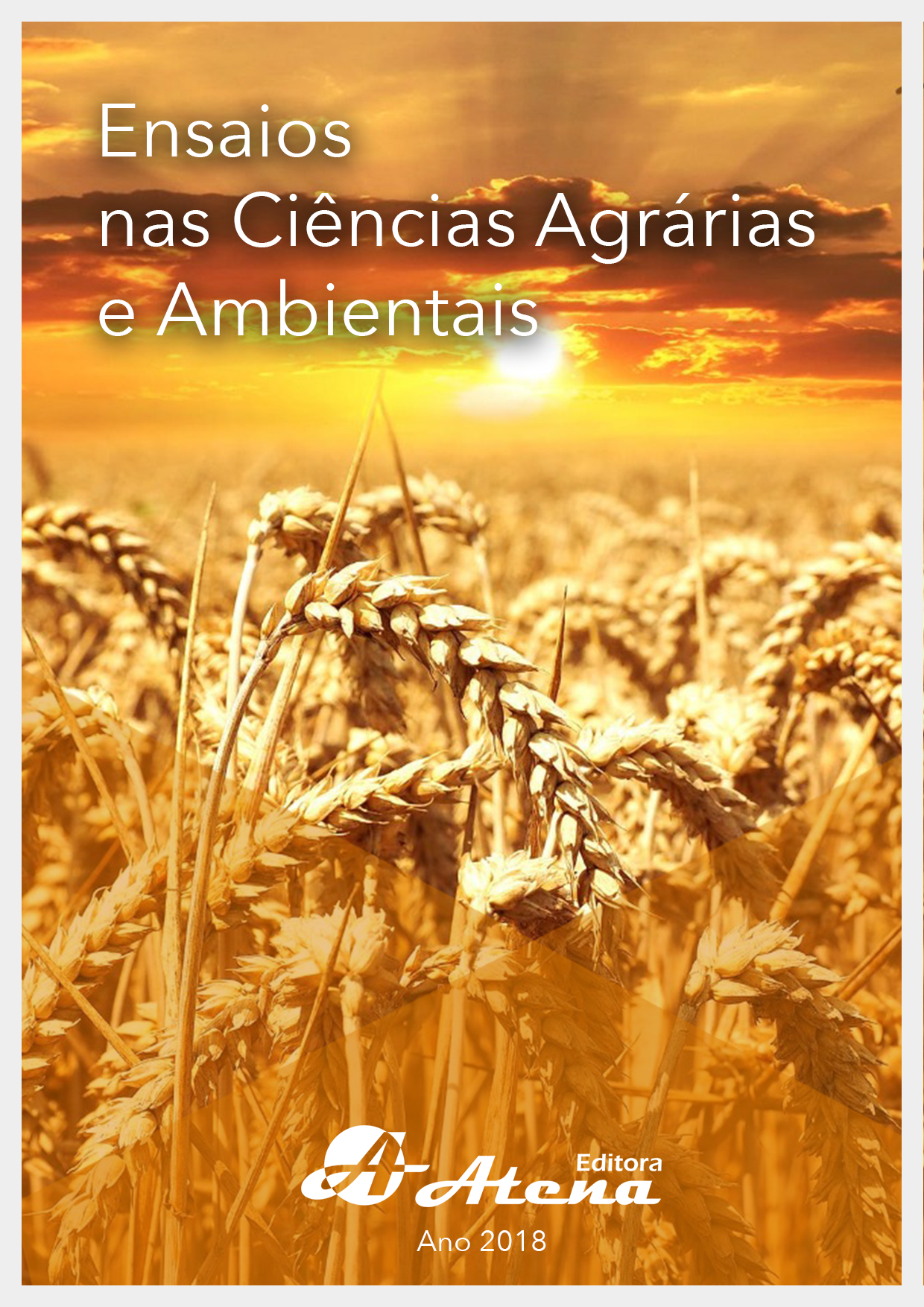
CRESCIMENTO DE RÚCULA (Eruca sativa Miller) SOB DIFERENTES FONTES DE NITROGÊNIO EM SOLUÇÃO NUTRITIVA
O objetivo do presente trabalho foi
avaliar o efeito de diferentes fontes de nitrogênio
no crescimento de plantas de rúcula (Eruca
sativa Miller) cv. Folha Larga (TopSeed®) em
solução nutritiva balanceada, analisando a
variação do pH. O experimento foi conduzido em
câmara de crescimento avaliando-se a utilização
de 3 fontes de nitrogênio (1 mM de NH4NO3,
1 mM de NaNO3 e 0,5 mM de (NH4)2SO4), e a
testemunha (sem N). O delineamento utilizado
foi inteiramente casualizado com quatro
tratamentos e quatro repetições. Cada unidade
experimental foi constituída por um vaso
contendo uma planta cada. O pH da solução foi
avaliado diariamente, sendo a troca da solução
realizada a cada 72 horas, momento em que foi
medido o comprimento radicular. O experimento
foi coletado 29 dias após o transplantio, sendo
obtido a massa seca radicular e da parte aérea,
além de ser determinada a taxa de crescimento
das plantas. As diferentes fontes de nitrogênio
afetam o pH da solução nutritiva, sendo que o
uso de sulfato de amônio acidificou a solução
enquanto o nitrato de sódio, a alcalinizou.
A fonte de N usada no cultivo de rúcula
influenciou de forma diferente no crescimento
das raízes, parte aérea e massa seca da parte
aérea. A deficiência de N na rúcula a levou a
um maior investimento no desenvolvimento
do sistema radicular. As plantas de rúcula da
cultivar estudada prefere as fontes amoniacais
de nitrogênio para o seu crescimento.
CRESCIMENTO DE RÚCULA (Eruca sativa Miller) SOB DIFERENTES FONTES DE NITROGÊNIO EM SOLUÇÃO NUTRITIVA
-
DOI: Atena
-
Palavras-chave: sulfato de amônio; nitrato de amônio, balanço iônico.
-
Keywords: ammonium sulfate; ammonium nitrate, ionic balance.
-
Abstract:
The objective of the present work
was to evaluate the effect of different nitrogen
sources on the growth of arugula (Eruca sativa
Miller) cv. TopSeed® in balanced nutrient
solution, analyzing pH variation. The experiment
was conducted in a growth chamber by
evaluating the use of 3 nitrogen sources (1 mM
NH4NO3, 1 mM NaNO3 and 0.5 mM (NH4)2SO4),
and the control (without N). The design was
completely randomized with four treatments
and four replications. Each experimental unit consisted of a vessel containing one plant
each. The pH of the solution was evaluated daily, and the solution was changed every
72 hours, at which time the root length was measured. The experiment was collected
29 days after transplanting, and root and shoot, dry mass were obtained, in addition to
determining the growth rate of the plants. The different sources of nitrogen affect the
pH of the nutrient solution, and the use of ammonium sulphate acidified the solution
while the sodium nitrate alkalized it. The source of N used in the cultivation of arugula
influenced in a different way the growth of the roots, aerial part and dry mass of the
aerial part. N deficiency in arugula has led to a greater investment in the development
of the root system. The arugula plants of the cultivar studied prefer the ammoniacal
sources of nitrogen for their growth.
-
Número de páginas: 15
- Carlos Antônio dos Santos


